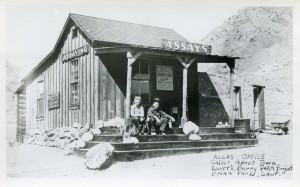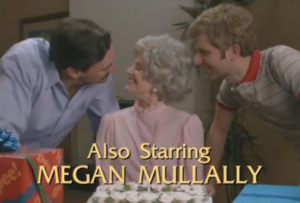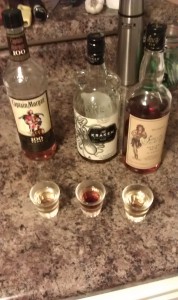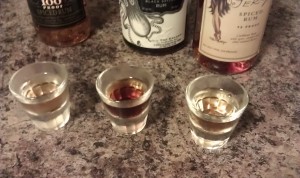 When will I tire of disparaging the essay and its etymology? Maybe about when I hit the bottom of this box of wine I bought last fall. In the treacly meantime I’ve got this new word found on Wikipedia while running a link chain off from opioids. From Wikipedia:
When will I tire of disparaging the essay and its etymology? Maybe about when I hit the bottom of this box of wine I bought last fall. In the treacly meantime I’ve got this new word found on Wikipedia while running a link chain off from opioids. From Wikipedia:
An assay is an investigative (analytic) procedure in laboratory medicine, pharmacology, environmental biology, and molecular biology for qualitatively assessing or quantitatively measuring the presence or amount or the functional activity of a target entity (the analyte)….
And from the OAD:
1. determine the content or quality of (a metal or ore).
• examine (something) in order to assess its nature: stepping inside, I quickly assayed the clientele
This is what I want to claim to write now, not essays but assays, in that I always feel more analytic than attemptful when I put nonfiction down on a page, and also that I should at last admit that despite my major in film studies and my minor in art history I’ve historically been far more excited and inspired by scientists than by artists; and despite being an artist myself and not a scientist I have this unscientific faith in the idea that the more I can do with my art what scientists do with their science the closer I’ll get to that god I keep not believing in.
At any rate, I don’t know heads or tails of what assaying means to, say, pharmacologists (and the general process as Wikipedia spells it out is a mess written by nerds who never learned parallel structures), but from what this half-drunk, moving-box-bleary idiot can tell it’s a matter of isolating the specific thing you want to analyze (i.e., the analyte) from its general environment or substance, and then activating or amplifying that thing’s essence in such a way as to measure or characterize it.
So how an assay might work is such:
- Isolate the thing you intend to discuss (i.e., your analyte) from the things it is not, exactly.
- List or describe what makes your analyte something worthy of your reader’s time and consideration.
- Convert, as Wikipedia says, the quality of your analyte “into a detectable signal generally involving some method of signal amplification, so that it can be easily discriminated from noise.” Here’s the rub: how to convert a subject into some amplified signal, and how—as Wallace puzzled over in —to write somewhere outside of [total] noise? (The dull answer, I think, to this? Use your writerly voice.)
And as it is such, so also, as such, will it be unto you. And I know what some of you are thinking: this kind of open experimentation with form and structure is part and parcel of the plain-old essay, to which I say, “I know. I’m equally tired of talking about the essay’s black-holeish swallowing of all forms.”
Also what I’m tired of? Like: how come every time we essayists find an external form to use in the putting together of our stuff and ideas, we need to set that form front-and-center and make it somehow even titular? (Biss’s “The Pain Scale,” I’m looking in your direction. Ditto several Monson things I’ve run across.) It’s fun and often gloriously productive to find an external form to use in the drafting of one’s eassay, but must we always show our work?
To borrow from similar stuff my pal Seth has been tweeting today, writing your essay behind your found form is like masturbating in a park to show everyone how good you are at it.
—
(BTW: Any for-reals scientists working occupationally on assaying who might be looking for a gleeful, passionate acolyte to ask a ton of interruptive questions about everyday things you take for granted, hit a brother up.)










